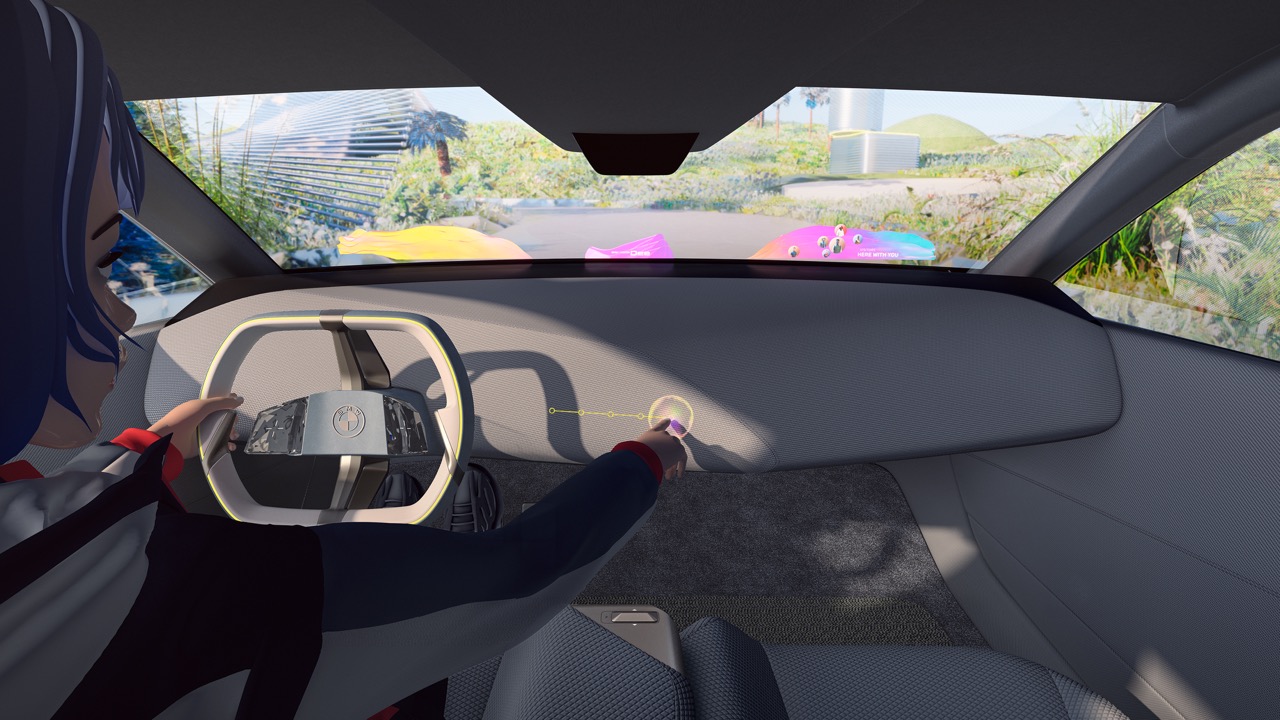

Cars and their touchscreens can already cause sensory overload inside. BMW’s now bringing more of the other senses into the mix. BMW’s big plans for future infotainment lean heavily into what you can say and see rather than what you can touch. Unveiled Wednesday night, the German automaker finally showed off “Dee,” its personal voice-assistant and head-up display system that will feature heavily in its next generation of cars coming in 2025, called Neue Klasse.
Dee’s role in that next generation of cars? Picture the Metaverse with a steering wheel.
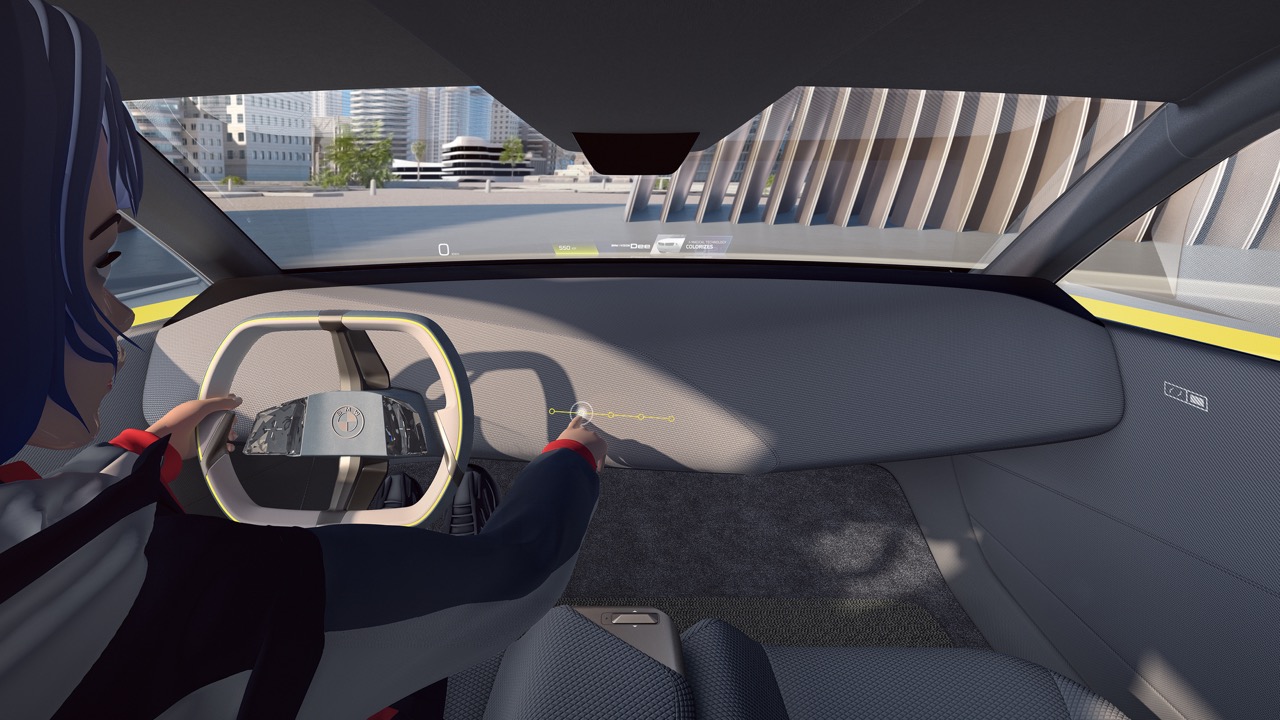
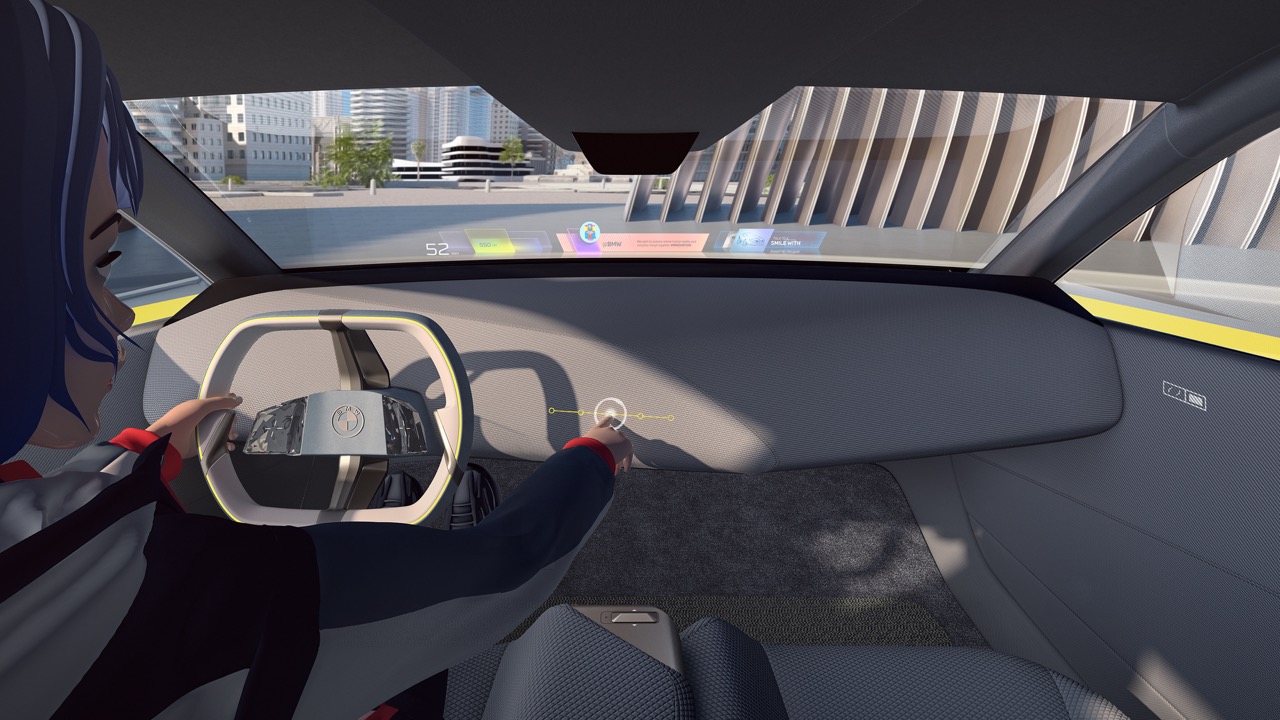
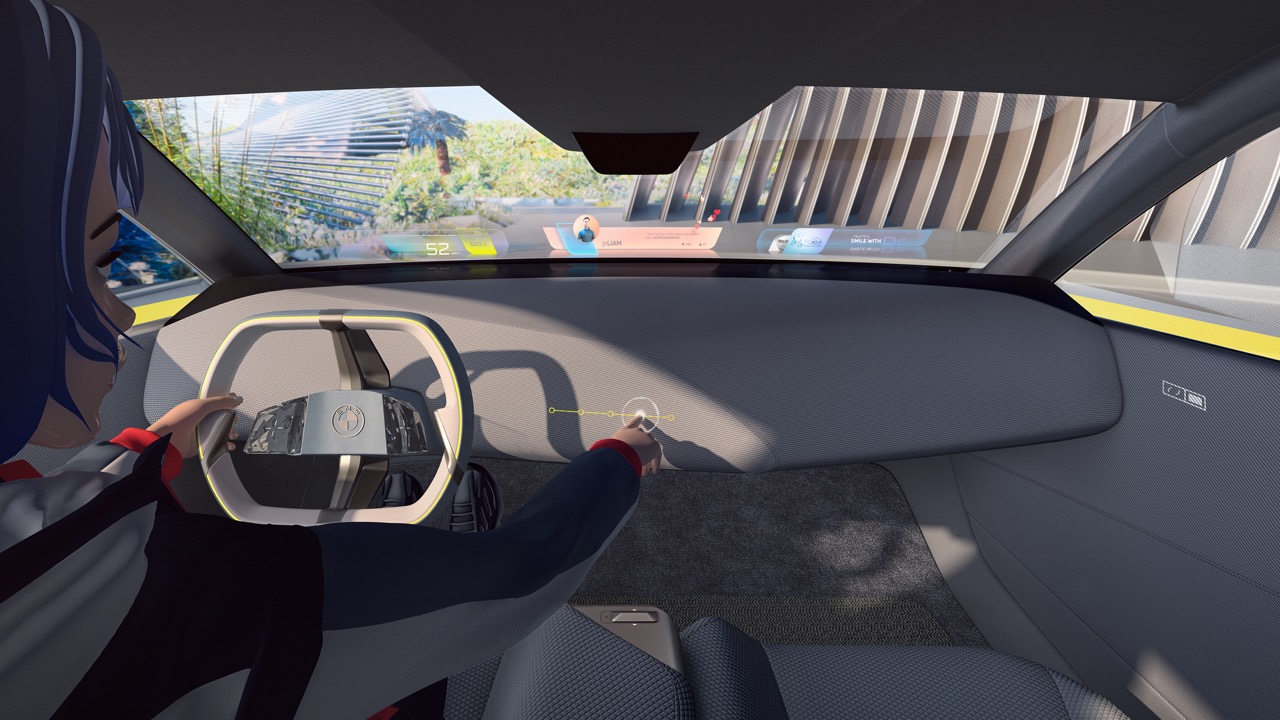
Dee, which stands for “Digital Emotional Experience” (not to be confused with ID, which comes from another German automaker), combines natural voice commands and infotainment information splayed across the width of the windshield, across the bottom one-third of the glass. Instead of a massive touchscreen in the center of the dashboard and driver-information cluster on top of a steering wheel, Dee replaces that with configurable displays that vary depending on a mixed reality slider inside.
“Technically, it’s possible for us to build a car now without a central touchscreen,” BMW Senior Vice President Stephan Durach told me last month in Munich at a preview of Dee. “Dee is a vision for sure. Everything here is on the extreme. The message here is how to rethink how we interact with our cars. We are the head-up company…we want to see what we can do in this context.”

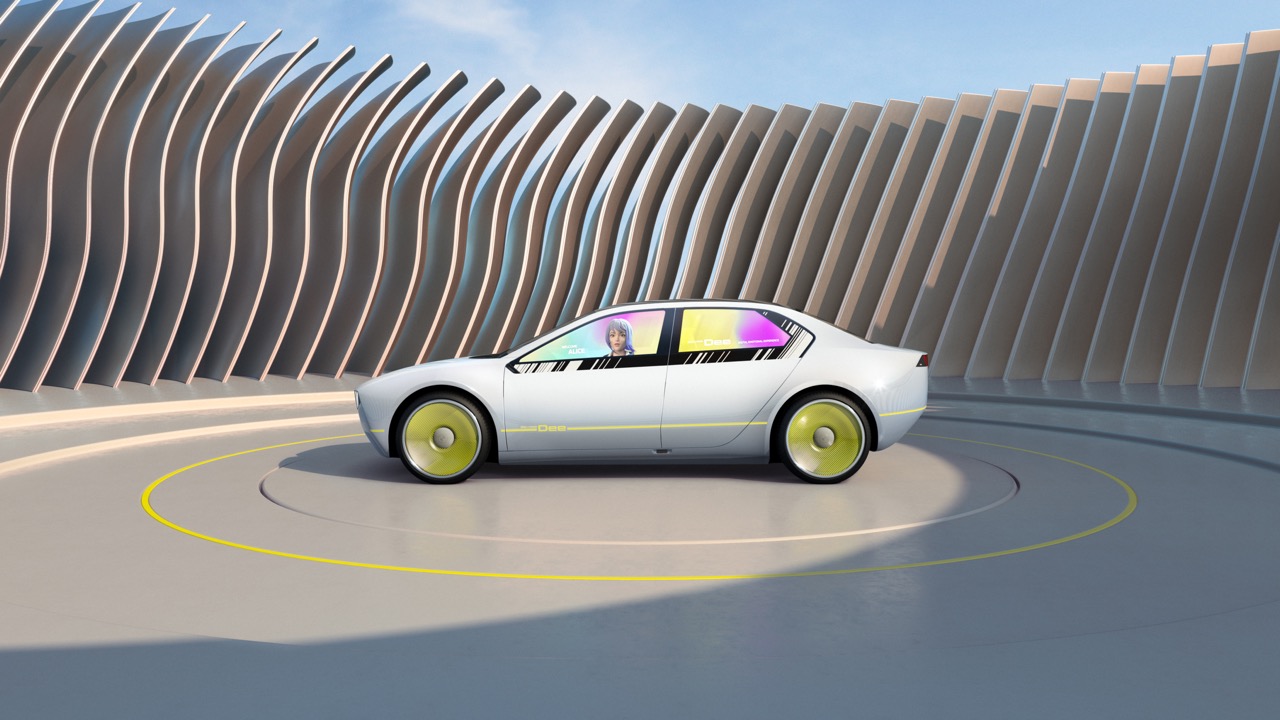

On its concept car at CES in Las Vegas, the slider configures the display to show speed and entertainment information in a completely augmented reality situation, presumably only accessible during autonomous drives. The concept car, configured to show scenes from the Las Vegas Strip, Dee replaced pavement and buildings with gardens and futuristic buildings. BMW didn’t make any promises about bringing mixed reality into its cars any time soon, likely due to the hurdles of building a Level 4 and 5 autonomous vehicle that doesn’t require human supervision at all. That, and it’s unlikely that we’ll see any regulators sign off on a completely computer-generated view of the outside world in a car anytime soon.
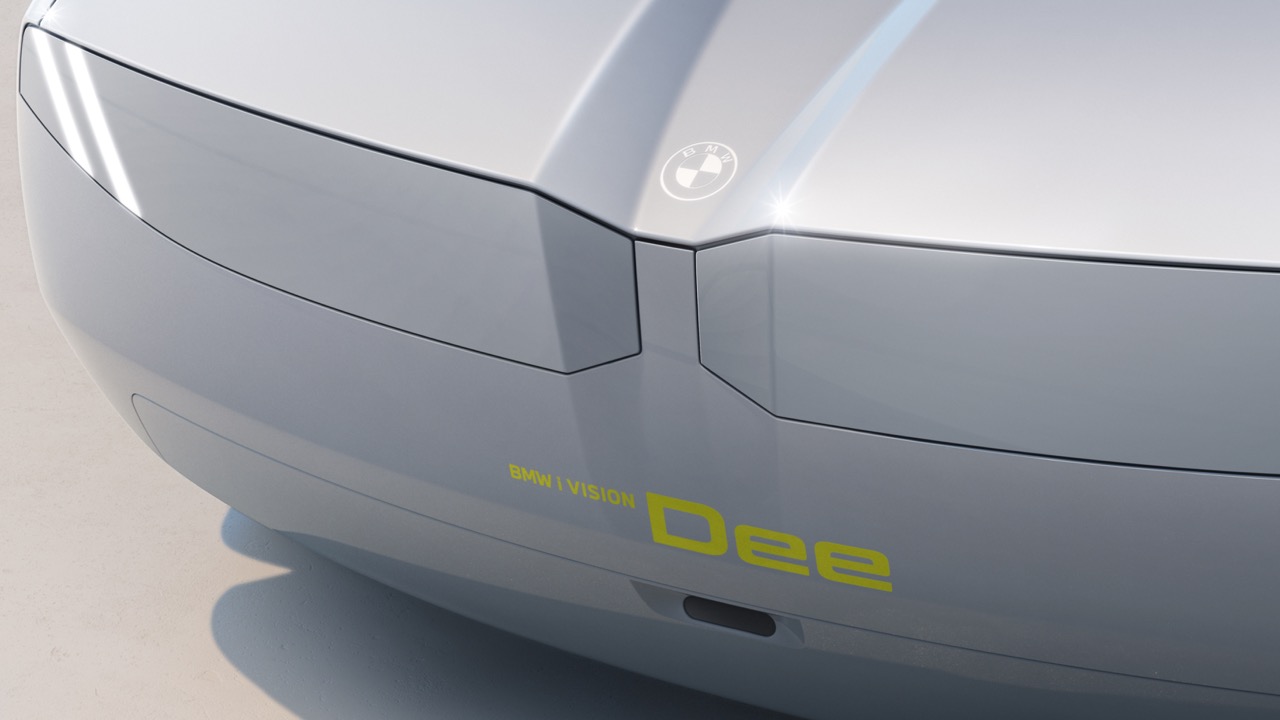

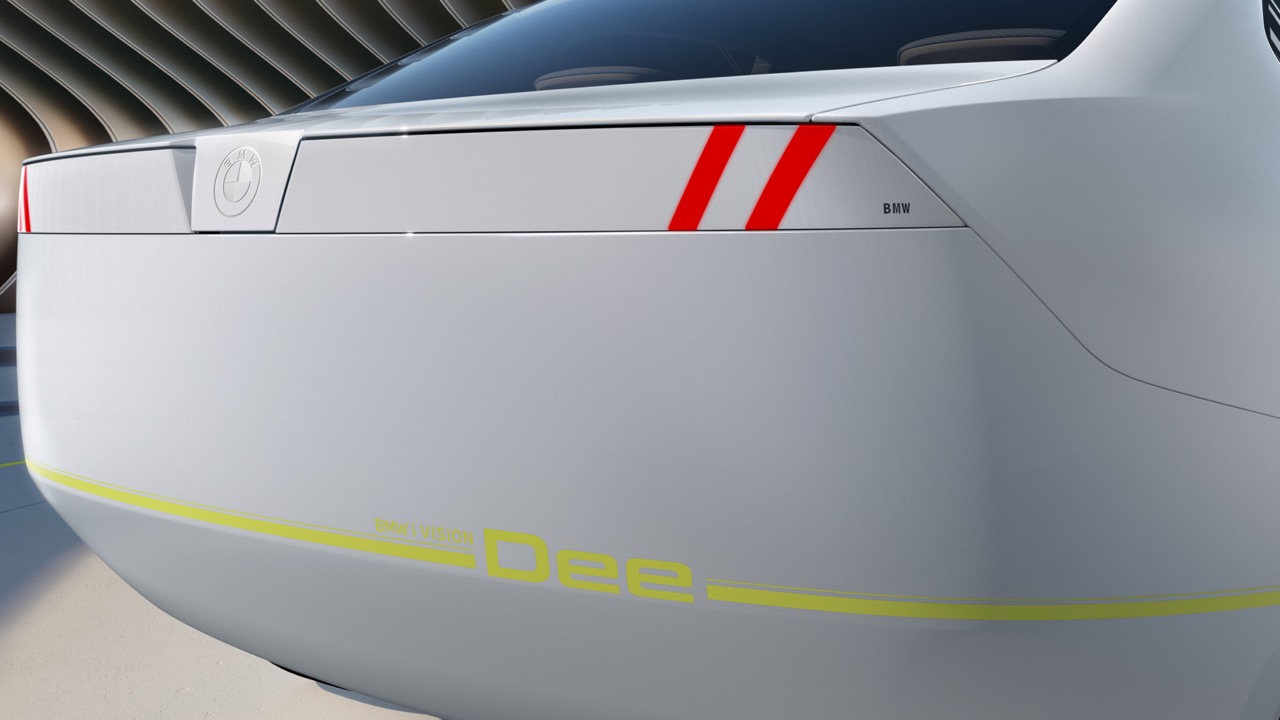
“We believe that voice will be a dominant interaction in your daily life,” Durach said. He added that while some tasks, such as navigation and messaging might be suited for voice commands, others like changing the volume or radio stations, are still better handled by touch. Those could be handled by a small screen on the center console, steering wheel touchpads, or via a controller, a la the company’s initially panned iDrive controller. Aside from the fantasy-world-replacing-our-current-world-hellscape AR visions, what they’re proposing isn’t a long throw from what the automaker already offers in most of its cars—rather handed off from a central touchscreen to information on the windshield.
On BMW’s show car, Dee can open and unlock doors, interact with people outside the car, welcome drivers, and display digital avatars on exterior windows. Ask Dee who its parents are and it’ll tell you that it was born from an M3, for example—it even adds sass. Inside, the show car features the immersive head-up display and augmented reality functions, customizable via a touch slider with five points along the dash that correspond to how much the driver wants Dee to take over. (No word on if the sass will have its own slider.)
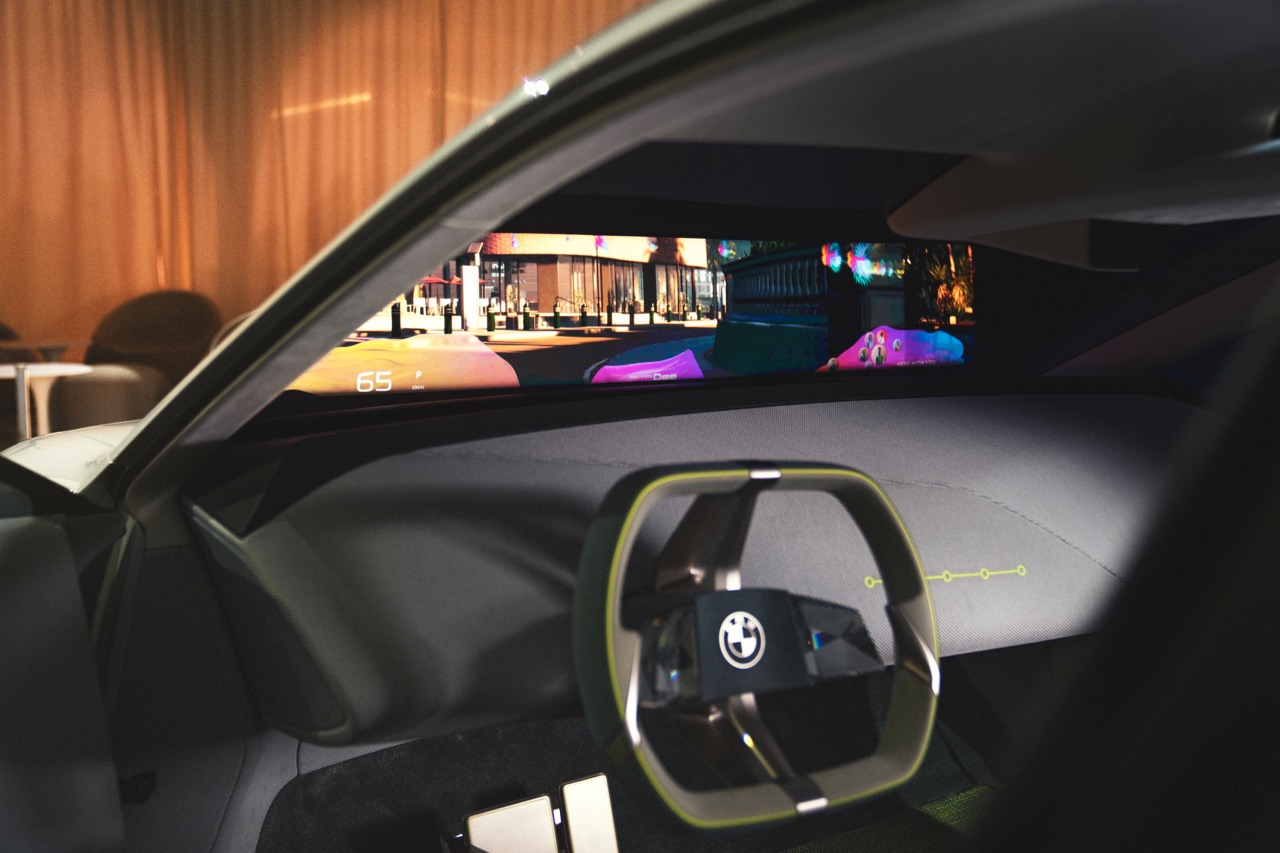
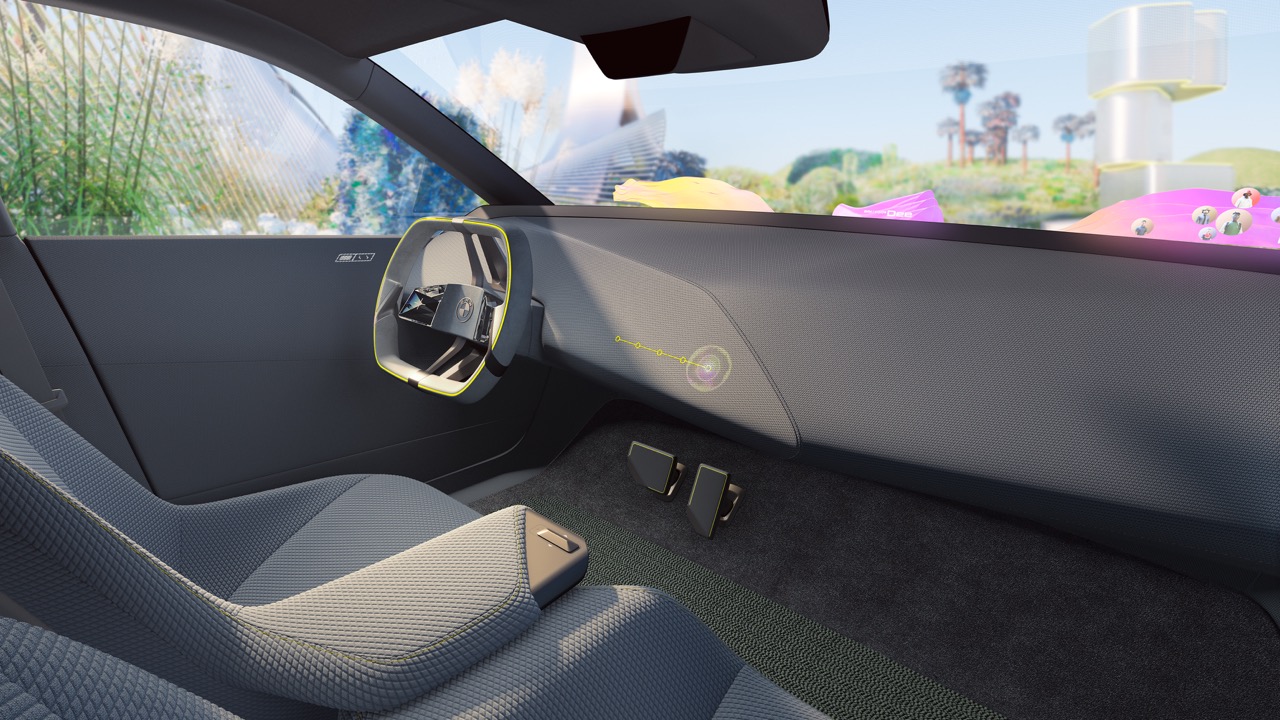
How that technology squares with the company that bills itself as the “Ultimate Driving Machine” isn’t as clear, but Durach and others maintain that BMW’s position of “hands on the wheel, eyes on the road” isn’t going anywhere.
“I don’t think it’s a contradiction, to be honest,” Durach said. Some people will be more than happy to turn over commuting to an autonomous vehicle. “On the other hand, fortunately, there are enough opportunities to enjoy [driving a] car. We’re not building people movers…we’re building emotional products.” In other words, workaday routines will be Dee. Weekend driving will be all you.
Realizing that goal won’t be easy. Part of BMW’s future role as an automaker will be handing over development duties to software developers and others, Durach said. BMW won’t spend time coding a music streaming service or social media integrations into its car, rather it will offer a platform for others to provide those services to owners—perhaps via subscription services. Durach pointed to BMW’s adoption of Google’s Android for Cars open-source platform as proof.
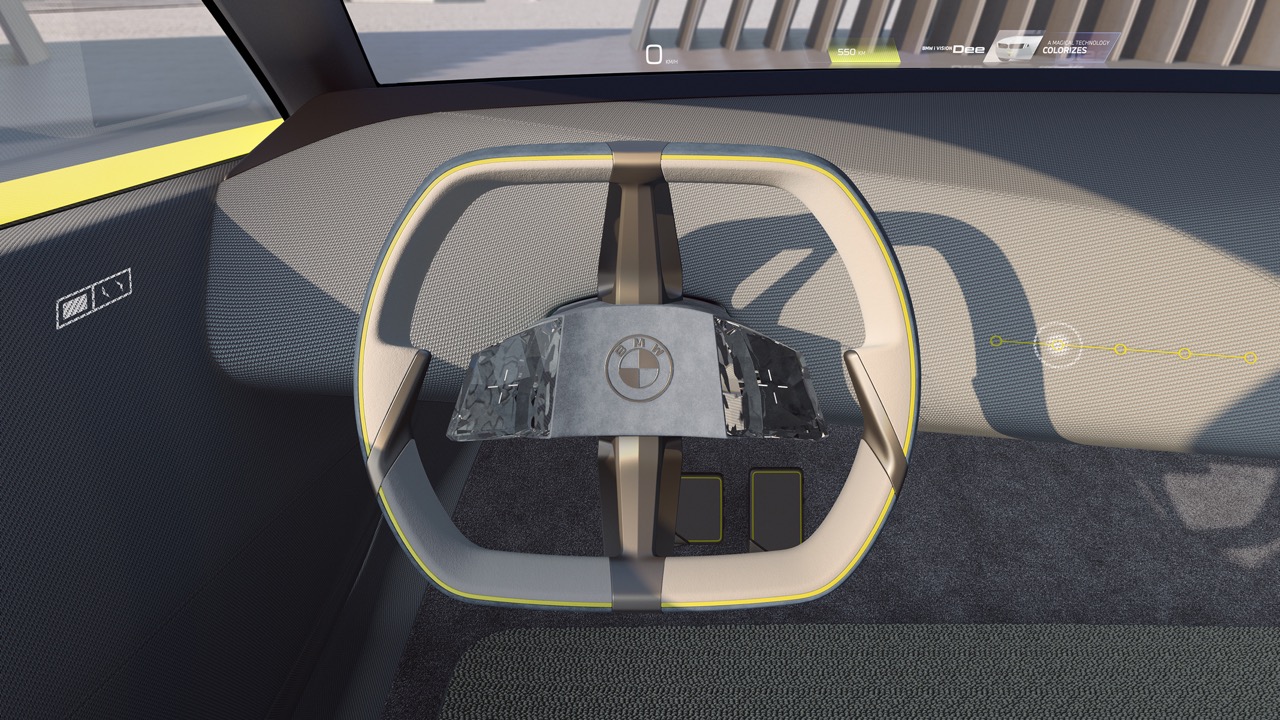
“We want to build our own applications only if necessary. [BMW] is interested in off-the-shelf services,” he said. Spotify, navigation, Apple Music, and others would be services offered by BMW with a hands-off approach; only specialty services like BMW-specific charging along a specified route would be created by the automaker. “This part is not [a] traditional automaker.”
For most, the concept of a mixed-reality sedan will be a little too far-fetched. For BMW, rather than reaching out and touching the future, it’s clearly betting that future is better seen and heard.